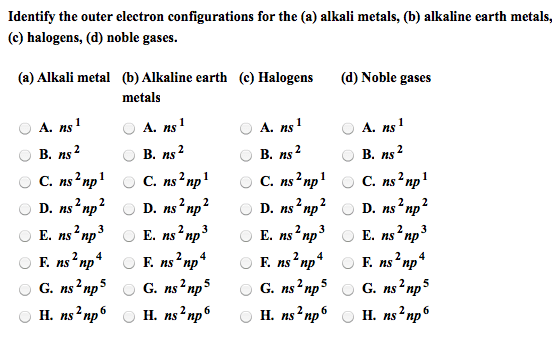
Step 6: The final step of Lewis diagram formation is to verify whether all the atoms are in their lowest possible formal charge. If there is a requirement of multiple bond formation, we have to create double or triple bonds as per requirements to fulfill the octet rule. Step 5: In this step, we have to check whether there are bonds left to be formed. The advisable decision is to finish the electronegative ones first before starting with the electropositive atoms.

Step 4: Next, our task is to complete the octet of the atoms around each of the outer ones with the remaining electrons. Step 3: Now, we need to draw a skeleton diagram having the presence of single bonds. As per the trend, it is likely to decrease down a group. We can determine the electronegativity value by browsing through the periodic table. bonding sites ( in other words, least electronegative) is the central atom. Usually, the one with the highest valence i.e. Step 2: The second step is based on finding the central atom of the molecule. While the positive ‘+’ sign indicates the loss of electrons i.e loss of negative charge, the negative ‘-’ sign is to denote the gain of electrons. (A valence electron is a name given to the outer shell electron of an atom that takes part in the creation of a chemical bond).Ī very important point to be noted here is the role of the signs ‘+’ and ‘-’. Step 1: The very first step towards drawing the structure of a molecule is to decipher the total number of valence electrons. Thus, to have a comprehensive idea about CS2 Lewis Structure, let us go through each step clearly and systematically. It depends on the octet rule concept and is an extension of the electron dot diagram. Lewis Structure is one of the key terminologies to understand the chemical bonding of a molecule since it represents the molecular structure. If not, here’s a brief explanation of the above-mentioned topic. If you are a student of chemistry, it is almost obvious that you are aware of the term ‘Lewis Structure”. Now let us move below to deeply study the concepts like lewis structure, molecular geometry, hybridization of the CS2 molecule. It is also utilized as pesticides and adhesives.
.jpg)
It can be used for the production of viscose rayon and cellophane. Used as a solvent for iodine and phosphorus, it has a boiling point of 46.24 0C and a density of 1.539 g/cc. It is usually colorless and volatile that can cause a lot of poisonous outcomes.įrom liver and kidney diseases to weight loss and vision impairment, exposure to CS2 is not desirable. Now let us learn about this sulfide in a detailed manner.Ĭarbon disulfide (CS2) is a flammable, and highly odorous( not tolerable) molecule in liquid form. If you have ever come across the formation of carbon tetrachloride, a well-known reaction while studying chlorine, you have heard about CS2. Carbon disulfide or CS2 is one of the very common molecules we come across while studying chemistry.


 0 kommentar(er)
0 kommentar(er)
